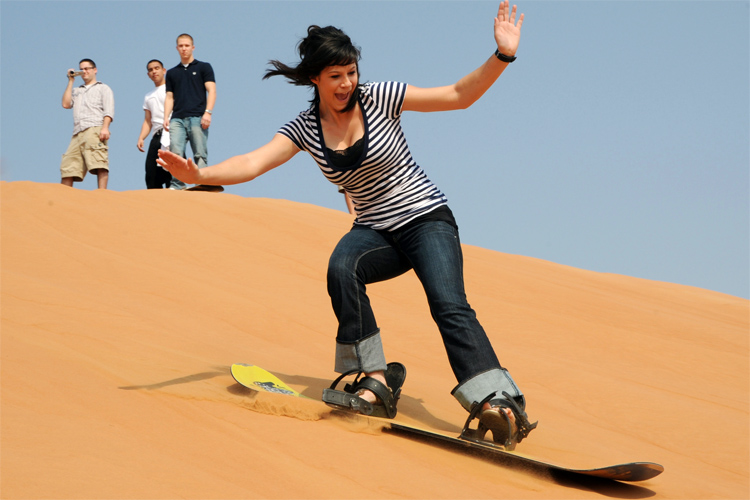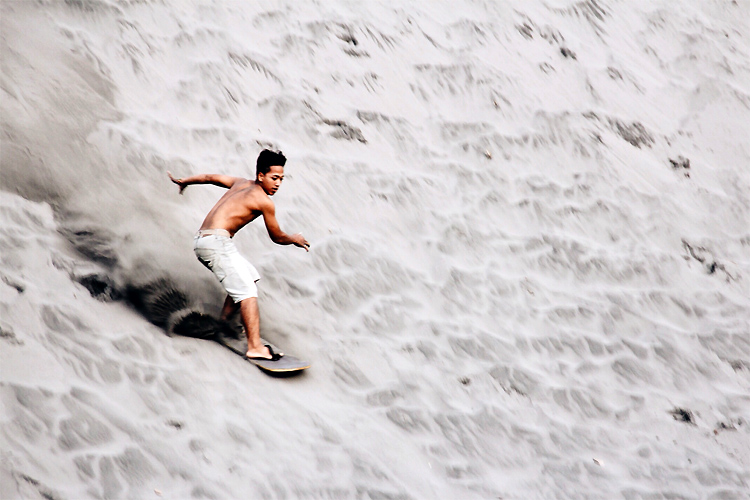Sandboarding is an exciting outdoor sport that blends the characteristics of snowboarding, surfing, and skateboarding. Learn how to sandboard fast and easily.
Whether you're seeking freestyle adrenaline, speed rush, or relaxed free rides, you need to know what to expect and what to do when taking off on a 50-foot slope. Ready to hit the dunes?
The first thing you need to do is find the right dune. If you're still learning the first steps, make sure you pick a dune with a gentle slope that is not too steep or long.
It can be hard to land on sand, so remember that you're not riding on water. Sand dunes can be tougher than snow and sometimes as hard as concrete or ice.
Don't go sandboarding on protected dunes. Otherwise, you'll damage fragile ecosystems where sand plays a critical role.
The Best Dunes and The Complete Equipment
The best dunes for sandboarding are located in the Oregon Dunes National Recreation Area (USA), Monte Kaolino (Germany), Great Sand Sea (Egypt), Namib Desert (Namibia), Fish Hoek (South Africa), Cerro Blanco (Peru), and the Taklamakan Desert (China).
The second thing you must pay attention to is equipment. Getting the right gear for sandboarding is paramount. Do not improve or adapt equipment from other sports.
Wax up your sandboard, adjust the bindings, apply sunscreen, put your sunglasses and helmet on, wear elbow and knee pads, and stay hydrated all the time.
Never ride a dune without someone around. In case of an accident, you'll need a friend or relative to help you and call emergency services.
Finally, always keep a 10-foot distance from other riders so that in case of a wipeout, only one falls and no one else gets injured in the process.

Sandboarding 101
Ready to ride? Eye your favorite sandy mountain and prepare to experience the thrill of sandboarding:
- Climb up to the top of the desired dune;
- Double-check the equipment and make sure you're fully protected;
- Perform small jumps forward toward the edge of the dune;
- With the board's nose pointing downhill, drop in with your dominant front;
- Lean back and bend the back knee;
- Look where you want to go;
- As you start your descent down the dune, keep your body weight on the back;
- To turn, apply pressure on your toes and heels, depending on the direction you want to go;
- Stretch your arms to the side to maintain your body balance;
- Get back to the starting point for another run on a bigger dune;
Avoid sandboarding in deserts or beaches with small or medium-sized obstacles like sticks, plants, shells, and other natural and human-made barriers.
If you feel unstable or about to fall, bend your knees and fall on your back. Then, if you're still in control, try to carve the sandboard as much as possible until it loses speed and stops.
After mastering the basics of sandboarding, you'll dramatically lower the chances of eating sand and breaking your neck and bones.
Booking a few sandboarding lessons can also help you improve and evolve faster.
